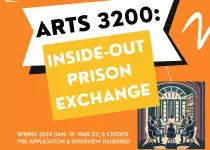
In the middle of Surrey, a sprawling complex of concrete structures stands out from the surrounding residential neighbourhood growing around it. Here there are no bay windows or picket fences, only narrow slits for sunlight and tall wire fences.
This is Surrey Pretrial Services Centre, an urban, high-security prison for those awaiting their day in court. And it’s inside these walls where some Kwantlen Polytechnic University (KPU) students are attending class this semester.
Inside Out, a Faculty of Arts experiential course offered at KPU once each year, invites students into the prison for an education quite unlike what a traditional classroom can offer.
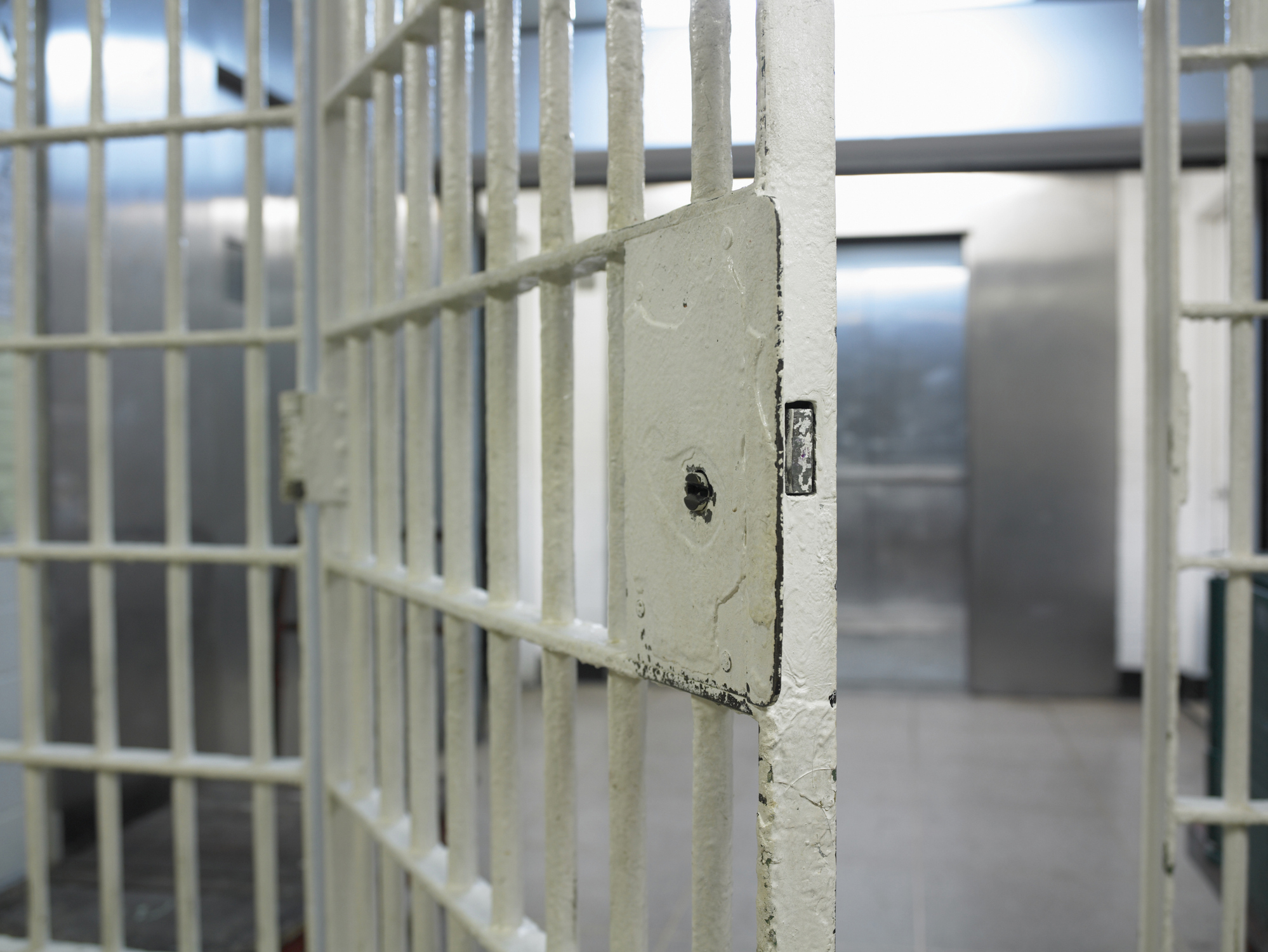
“The experience itself was incredible,” says Luca Santamaria, a KPU student who completed the course in 2022. “Obviously it’s a shake-up compared to your normal university classes. Half your classmates are incarcerated, there’s lots of security protocols to remember, and it’s inside a pretrial centre. It was definitely eye-opening.”
The course brings together equal numbers of “outside students” from KPU and “inside students” from Surrey Pretrial for a semester-long course held inside the prison. All students, inside and outside, are selected through an application and interview process, and completing the course gives all participants six university credits.
The course is co-taught by a rotating selection of Inside Out trained instructors from various disciplines. Journalism instructor Lubna Moosa and criminology instructor Michael Ma are leading the 2024 course, in which students are examining issues related to identity and inequality, study and practice communication, develop emotional literacy, and learn to communicate and navigate conflict.
When they arrive, KPU students are escorted to their classroom — a large multipurpose room inside the prison. Students sit in a circle, alternating between inside and outside students. In each four-hour class day, students connect with each other through activities and sharing personal stories.
“We all carry around some sociological baggage with regard to how we view people who are incarcerated,” says Santamaria. “Notions of justice, conflict, and healing are not broad blankets we can just drape over each other. Every single human in that building had a story and perspective wholly their own.”
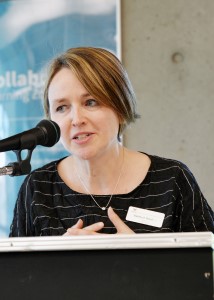
In 2011, KPU became one of the first Canadian universities to offer the Inside Out program to students. The original concept was founded earlier, when Lori Pompa established a program in 1997 at Temple University in Philadelphia. Inside Out has since spread to higher education institutions across the globe.
KPU played a leadership role in bringing the transformative prison education program to Canada. Jane Miller-Ashton, an instructor in the KPU Criminology Department, attended the Inside Out training in Pennsylvania and then brought the program back to Canada. It proved to be a success. The program attracted funding from the Irving K. Barber Foundation and TELUS, and won a community innovation award. KPU has gone on to offer the program at five different prisons and train instructors from across Canada.
“KPU is proud to be a leader in Canada by offering this innovative program and inviting the community to learn together outside the walls of the university. I’m excited about the transformative experiences Inside Out has generated for faculty and students, and where it will continue to go in the future,” says Dr. Shelley Boyd, Dean, Faculty of Arts.
The program is grounded in the belief that society is strengthened when higher education is made widely accessible, and when it allows students to encounter each other as equals, says Dr. Wade Deisman, a KPU criminology instructor and Inside Out organizer.
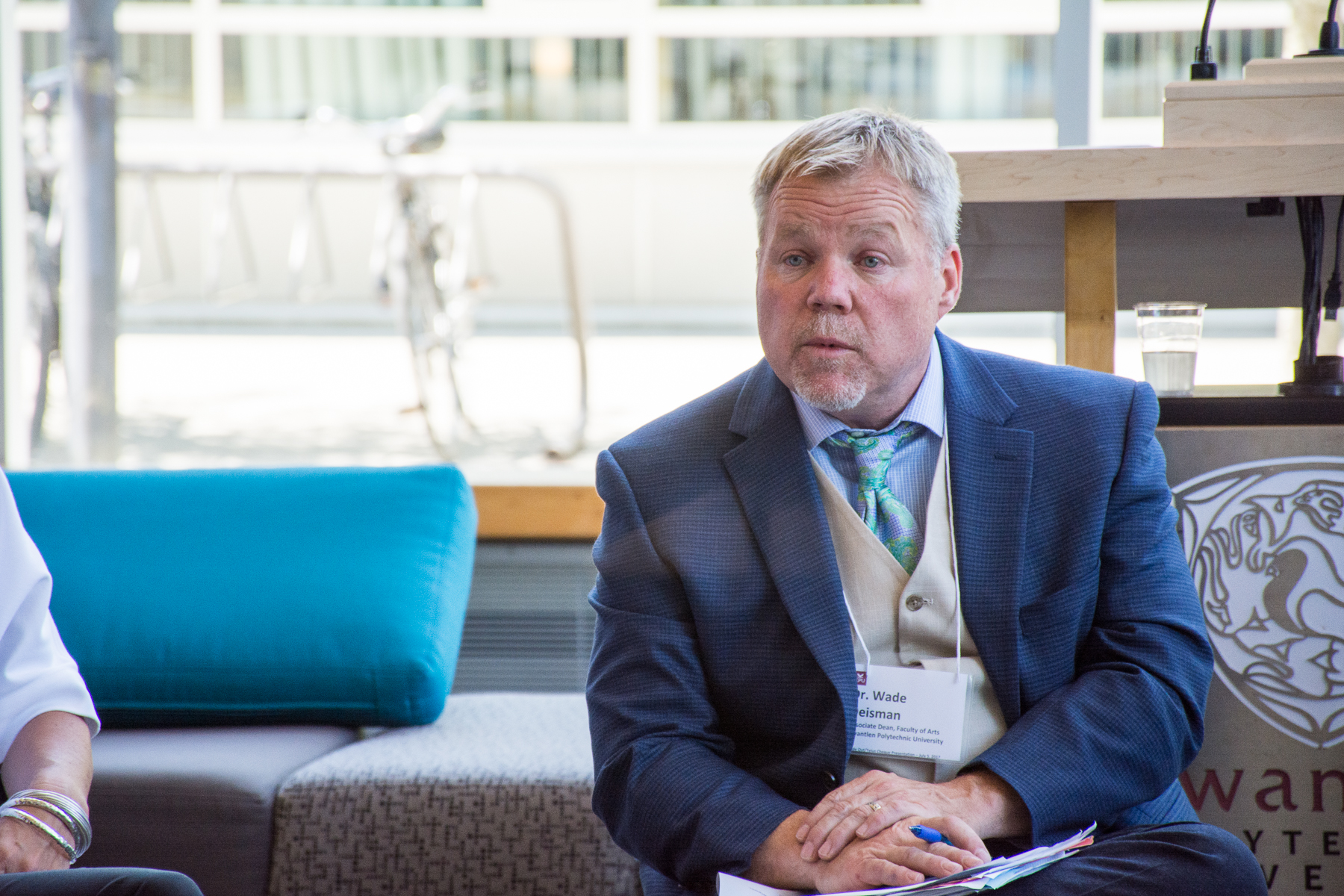
“It’s an intractable problem in criminology — students come in and they believe people who are convicted of crimes are somehow different than the rest of society. So we spend a lot of time disabusing them of that myth, reminding them that they have committed crimes that they weren’t prosecuted for,” says Deisman.
By encouraging all participants to find their unique voice and consider how they can make change in the world — inside students are also transformed.
“They’re rehumanized through this process. What happens as a result of the silent but powerful effect of class after class, is suddenly in a space that’s least likely to produce freedom — a prison — freedom appears. It’s because people start to relate to each other just as people,” says Deisman.
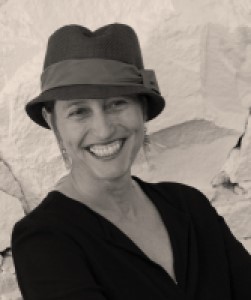
Nicola Harwood, a creative writing instructor at KPU, previously co-taught Inside Out on the topic of communication. The course challenged students to consider how the ways in which they communicate affect their relationships — from authority figures to family.
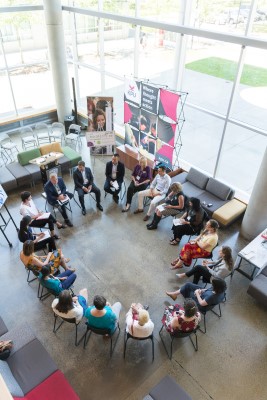
“It was really interesting when I asked students to consider how they communicate with ‘those who are most precious to you.’ All the inside students responded to that. They’re cut off from the people they love. So the motivation for them to try and learn how to speak, how to communicate in a healthy way with their loved ones, was very high,” says Harwood.
Harwood guided students through an activity that asked them to present a five-minute story from their lives where they learned something.
“They got to see that they’re not that different from each other, given life’s circumstances and opportunities. The incarcerated men had easily recognizable childhood stories, like one where they helped their brother get away from some wasps, as well as more dramatic stories. And the outside students had stories of heroics mixed with the more mundane, like getting their ‘N’ licence.
“Everyone really held each other’s stories with such care. The sense of connection and recognition of our shared humanity in the room was quite profound.”
Participating in Inside Out is transformative for students, says Harwood. It’s an experience that won’t leave them, particularly for students who are considering a career in law enforcement or corrections.
“Incarcerated people are just like us. That’s the big thing that our students come away with. It demystifies what it’s like inside a prison. Students get more politically aware of what incarceration looks like, feels like, and does to people. I don’t think they can then deny that knowledge once they are out in the world, either as activists, workers, or citizens. They have witnessed the reality of how the carceral system, as well as intersectional systems of oppression, affect human lives.”